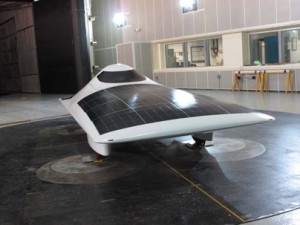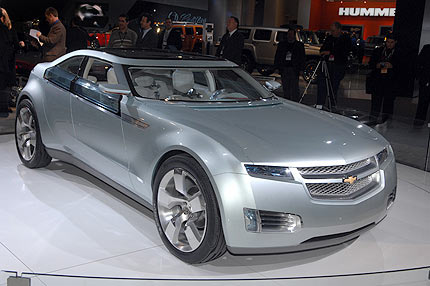
Now that we’ve all had the chance to get up and stumble into work an hour earlier, it’s time to examine if extended daylight savings is actually doing what it’s supposed to do. The original intention of giving us an extra hour of daylight between March and and the first week of November–beyond increasing the time available for outdoor activities–was to put a little less strain on our electrical grid. With sunlight coming into our homes for another hour each evening, we would need less light and–for the first months in the North East–less heat.
Warm Home Cool Planet has seen lots of opinions on both sides of the issue. The consensus seemed to be yes, it does reduce our energy needs. But not to the degree you might expect.
The US News and World Report publishes a correction of sorts stating their previous article on that matter, which claimed that daylight savings is an energy drain, was incorrect. This is on the heels of the Department of Energy Report documenting that electricity demands declined by an average of 0.5% for each day of extended daylight. That comes out to 0.03% of total electricity demand. It doesn’t sound like much until you realize it adds up to 1.3 billion kilowatt-hours, enough to power about 122,000 average U.S. homes for a year.
Lost in this smaller calendar debate is the fact daylight savings for 38 weeks of the year will save enough electricity to power 1.16 million homes. To put that into perspective, enough electricity to power every home in Boston, Cambridge, Newton and Somerville.

 “If you’re readying a resume, it might help to use recycled paper. The clean-tech and green industries in Massachusetts are hiring.”
“If you’re readying a resume, it might help to use recycled paper. The clean-tech and green industries in Massachusetts are hiring.”



 After a great deal of political posturing, the Senate passed its version of the stimulus bill yesterday.
After a great deal of political posturing, the Senate passed its version of the stimulus bill yesterday.